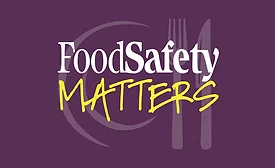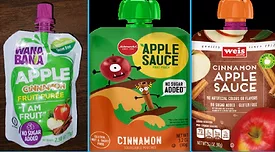Home » Keywords: » Recall
Items Tagged with 'Recall'
ARTICLES
Sponsored Content
eBook | Traceability for Better Supply Chain Visibility and Regulatory Adherence
February 19, 2024
Anatomy of Food Allergen Recalls
While food allergen recalls are unwelcome, potentially valuable lessons can be learned from these events
February 22, 2022
Lighting the Pilot: Georgia Recall Partners Improve Integration Nationwide
Food recalls can be processed more efficiently when regulatory stakeholders collaborate at multiple levels
December 22, 2021
EVENTS
Webinar
12/11/25 to 12/11/26
Contact: Vania Halabou
How to Develop and Implement an Effective Food Defense Strategy
Never miss the latest news and trends driving the food safety industry
eNewsletter | Website | eMagazine
JOIN TODAY!Copyright ©2025. All Rights Reserved BNP Media.
Design, CMS, Hosting & Web Development :: ePublishing











